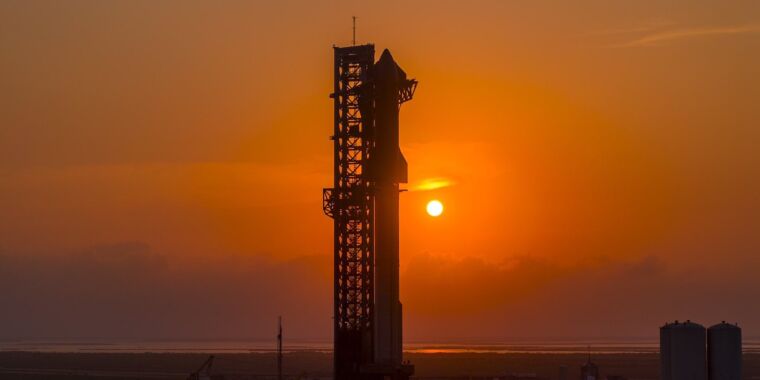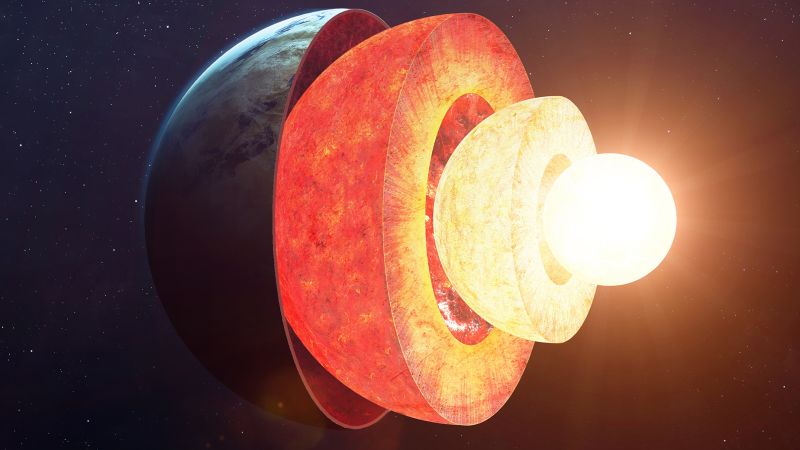The asteroid in question, named 2024 JJ25, was discovered on May 2, 2024, by the Pan-STARRS 1 telescope located in Hawaii. This asteroid is approximately 370 feet in diameter, making it one of the largest near-Earth objects tracked by NASA. . Its size and speed have raised concerns, prompting NASA to closely monitor its trajectory. Traveling at a staggering speed of 33,673 kilometers per hour, 2024 JJ25 is expected to make its closest approach to Earth today.

Representative image of asteroid 2024 JJ25
NASA’s Jet Propulsion Laboratory (JPL) has tracked 2024 JJ25 since its discovery. The path of the asteroid was calculated using advanced radar and optical observations, providing accurate predictions of its movements. While the asteroid is not expected to collide with Earth, it will pass within a relatively close distance of 4 million kilometers, providing a unique opportunity for observation and scientific study.
Asteroids like 2024 JJ25 are remnants from the early solar system, providing valuable insights into its formation and evolution. By studying these objects, scientists can learn more about the building blocks of planets and the processes that shaped our cosmic neighborhood. of narrow approach of 2024 JJ25 provides a rare opportunity to gather data on its composition, structure and behavior, contributing to our understanding of these ancient celestial bodies.
Public interest in asteroid 2024 JJ25 has been significant, with many eager to learn more about its characteristics and potential impact. NASA has been proactive in providing information and updates through its website and social media channels, ensuring the public remains informed and reassured. The agency points out that while the asteroid will pass close to Earth, there is no cause for alarm as its trajectory has been carefully calculated to avoid any collision.
As 2024 JJ25 makes its closest approach to Earth today, astronomers and researchers around the world will be closely monitoring the event. The data collected will not only improve our understanding of this particular asteroid, but also contribute to the broader field of planetary science.
About the Pan-STARRS 1 (PS1) telescope.
The Pan-STARRS 1 (PS1) telescope, located atop Haleakalā in Maui, Hawaii, is a ground-breaking astronomical instrument recognized for its significant contributions to space observation. Functional since 2010, the PS1 is equipped with the world’s largest digital camera, with nearly 1.4 billion pixels. This powerful telescope is part of the Panoramic Survey Telescope and Rapid Response System (Pan-STARRS) project, which aims to survey the sky for moving or variable objects. PS1 has been instrumental in detecting asteroids, comets and other celestial bodies by detecting changes from previous observations. Its primary mission now focuses on identifying Near Earth Objects (NEOs) that could pose a threat to our planet. The data collected by PS1 has not only improved our understanding of the cosmos, but also contributed to planetary defense efforts, making it a vital tool in modern astronomy.
In addition to its primary mission, the Pan-STARRS 1 (PS1) telescope has also played a crucial role in various astronomical surveys and research projects. A notable achievement is its contribution to the discovery of interstellar objects, such as ‘Oumuamua, the first known object from outside our solar system to pass through it. PS1’s wide-field imaging capabilities have enabled astronomers to detect and track these rare visitors, providing valuable clues about their origins and characteristics. Additionally, the telescope’s extensive sky surveys have helped identify transient phenomena such as supernovae and variable stars, enriching our understanding of the dynamic universe. The continuous stream of data from PS1 supports a wide range of scientific studies, making it an indispensable resource for the global astronomical community.
Did you like this article? Please let us know in the comments below!


